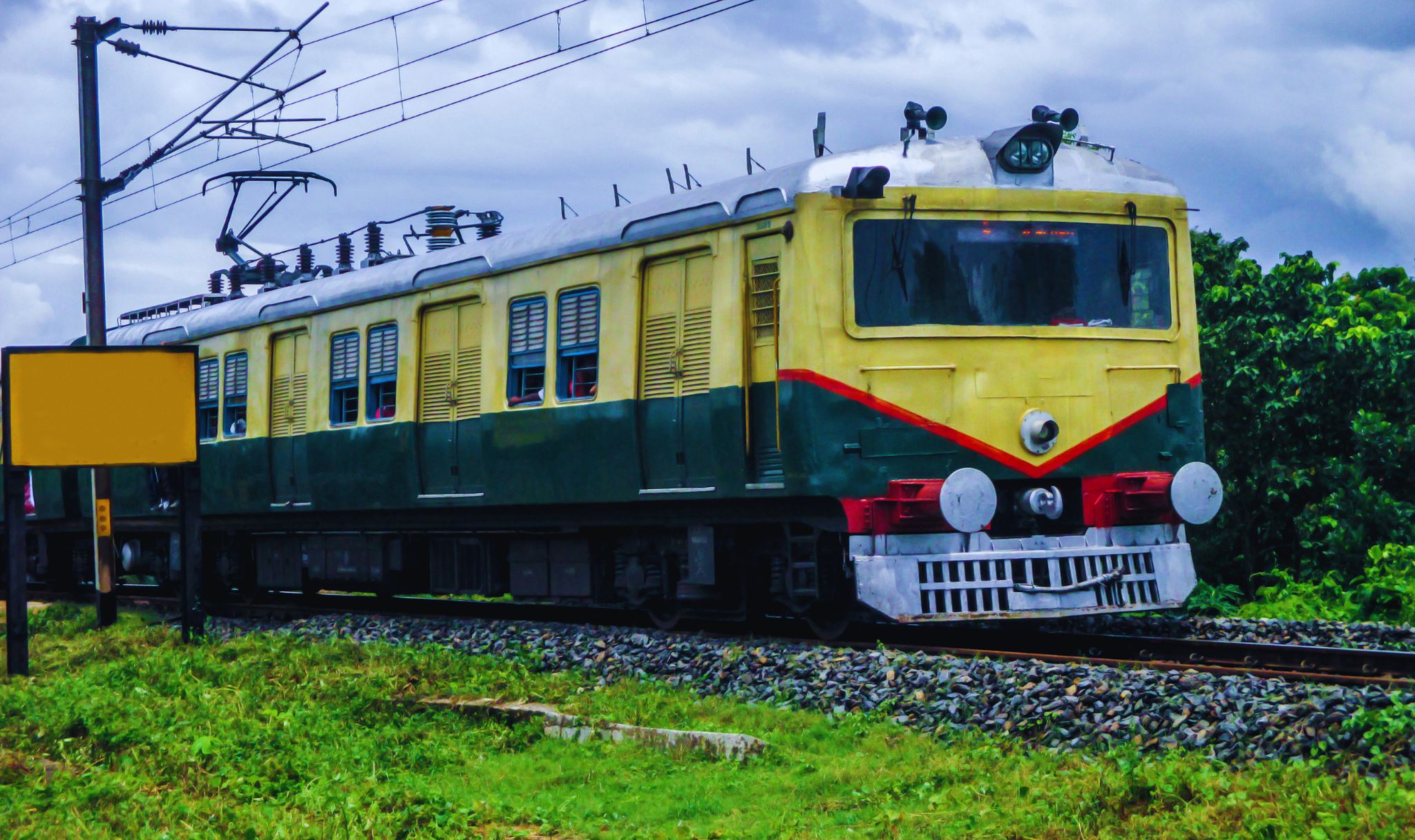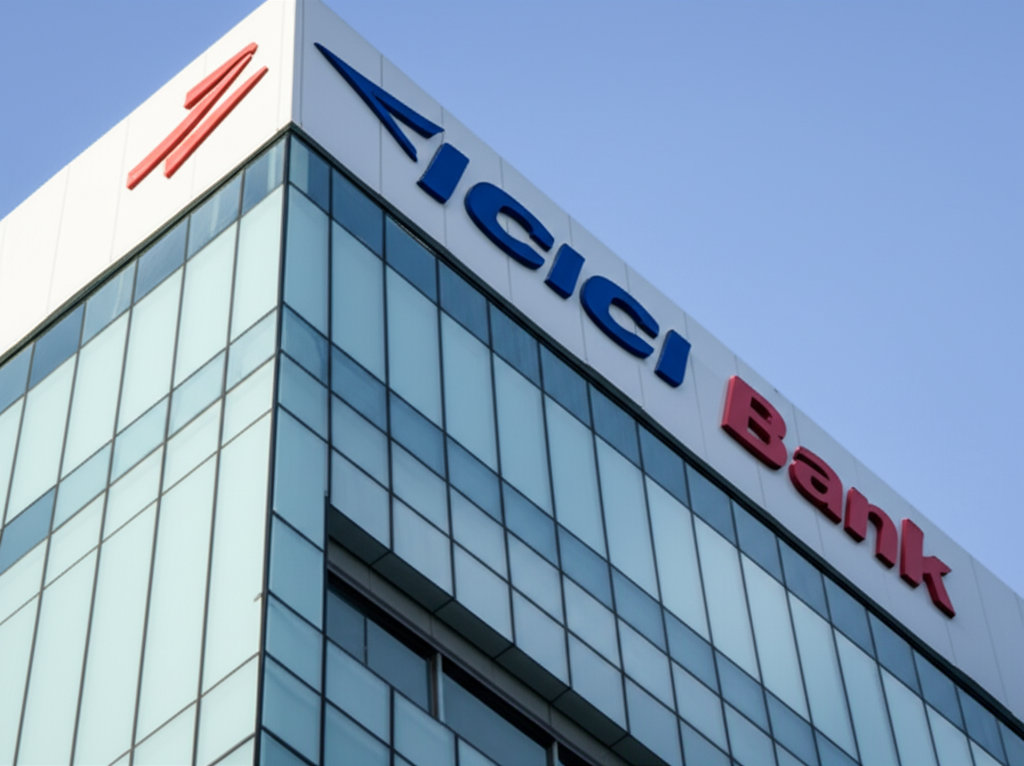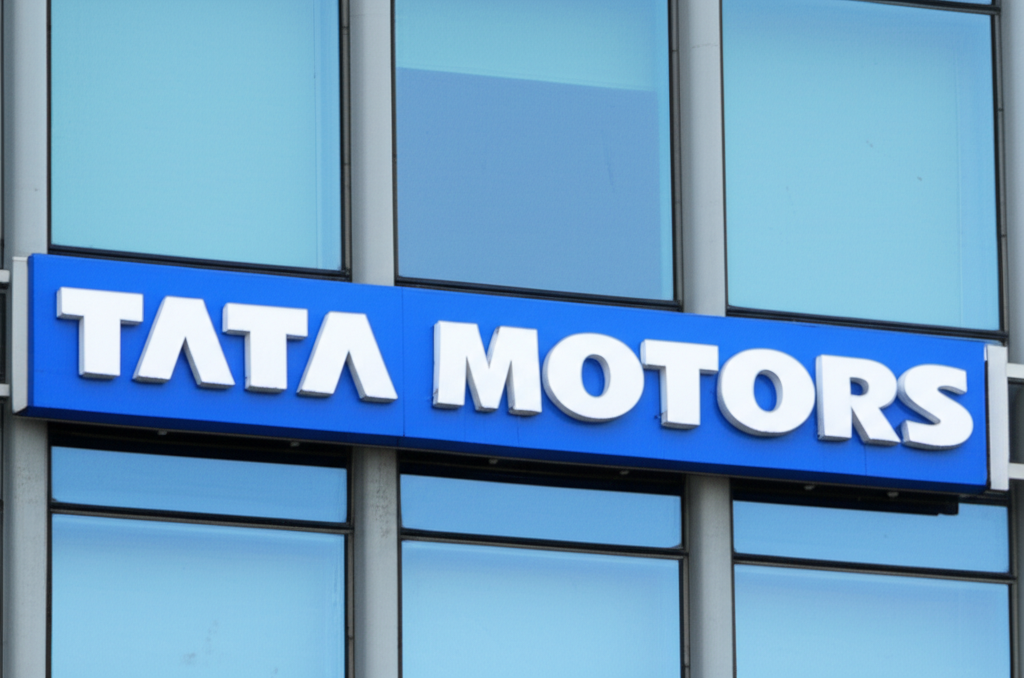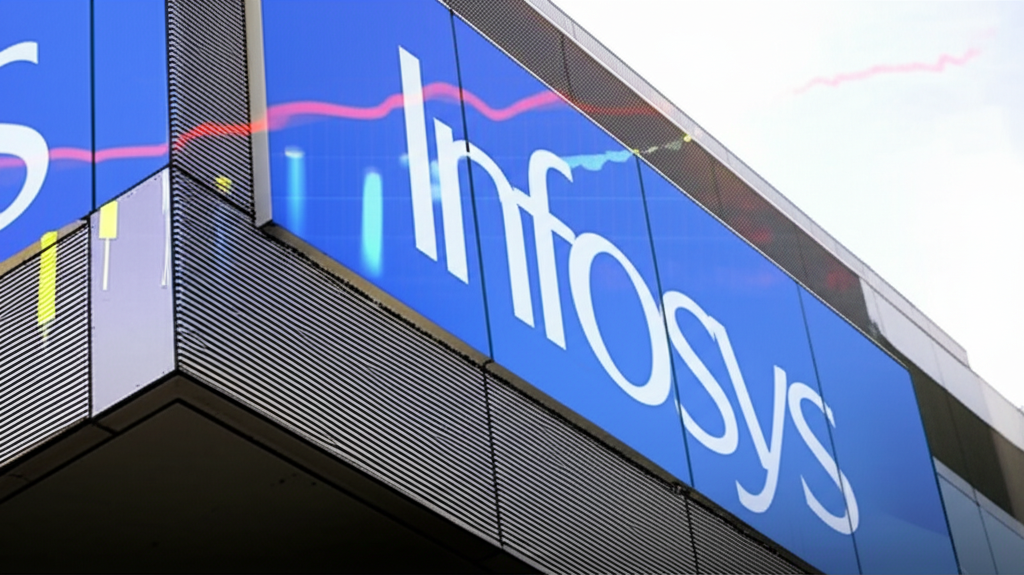HBL Engineering Limited, a Hyderabad-based engineering firm specializing in power solutions, railway electronics, and defense products, saw its share price surge by 3% on May 2, 2025, following the announcement of a ₹145.83 crore order from Western Railway for the implementation of the Kavach Train Collision Avoidance System (TCAS). The stock, traded on the Bombay Stock Exchange (BSE) and National Stock Exchange (NSE), hit an intraday high of ₹512.25, reflecting strong investor confidence in the company’s expanding role in India’s railway safety modernisation. This contract, awarded to the HBL-Shivakriti Consortium, marks another milestone in HBL Engineering’s growing portfolio of Kavach orders, which now total ₹3,763.83 crore in FY25. This article provides a comprehensive analysis of the order, HBL Engineering’s business, financial performance, market reactions, the significance of the Kavach system, and the broader implications for the company’s future.
The ₹146 Crore Kavach Order: A Strategic Win
On April 30, 2025, HBL Engineering disclosed in an exchange filing that it had received a Letter of Acceptance (Loa) from Western Railway for a ₹145.83 crore contract (inclusive of 18% GST) to implement the Kavach system across 48 stations and 428 kilometres in the Ahmedabad Division. The project, part of the HBL-Shivakriti Consortium’s efforts, is expected to be completed within 730 days from the appointed date. The contract is not classified as a related party transaction, and none of the company’s promoters have a vested interest, ensuring transparency.
Kavach, developed by the Research Designs and Standards Organisation (RDSO) under Indian Railways, is an indigenous automatic train protection system designed to enhance railway safety. It prevents collisions by automatically applying brakes in scenarios involving signal violations, excessive speed, or potential derailments. The system integrates on-board, back-office, station, and trackside components, leveraging radio frequency identification and real-time monitoring to ensure operational efficiency. With Indian Railways allocating ₹1,112.57 crore for Kavach in FY25 and a total capital expenditure of ₹2,62,200 crore, the system is a cornerstone of the government’s railway modernisation agenda.
This order adds to HBL Engineering’s string of Kavach contracts in FY25, including:
- Five contracts worth ₹762.56 crore from Central Railway in March 2025, covering 413 stations and 3,900 km.
- Two contracts totalling ₹499.68 crore from Western and North Central Railway in March 2025 for the Viramgam-Rajkot-Okha and Dholpur-Bina sections.
- A ₹148.44 crore order from West Central Railway’s Bhopal Division in March 2025 for the Bina-Itarsi-Jujharpur section.
- A ₹1,522.40 crore order from Chittaranjan Locomotive Works in December 2024 for equipping 2,200 locomotives with Kavach.
These contracts underscore HBL Engineering’s leadership among the few companies, including KEC International, Kernex Microsystems, RailTel Corporation, and Siemens, executing Kavach orders. The cumulative ₹3,763.83 crore in Kavach contracts positions HBL to capitalise on the estimated ₹30,000 crore market opportunity for Kavach and related railway safety systems.
HBL Engineering: A Diversified Engineering Leader
Established in 1977, HBL Engineering (formerly HBL Power Systems Limited) is a multi-segment engineering firm with a market capitalisation of approximately ₹13,649.08 crore as of May 1, 2025. The company operates three core business verticals:
- Industrial Batteries: HBL produces lead-acid, nickel-cadmium, and pure lead thin plate (PLT) batteries for telecom, uninterruptible power supply (UPS), railways, and solar energy applications. It ranks second globally in industrial nickel batteries and third in India’s valve-regulated lead-acid (VRLA) battery market.
- Defence and Aviation Batteries: The company supplies specialised batteries for fighter aircraft, unmanned aerial vehicles, torpedoes, and submarines, including nickel-cadmium sintered plate, silver zinc, thermal, and lithium batteries.
- Electronics: This segment includes railway electronics (Kavach, train management systems, and signalling) and electric mobility solutions, such as drive trains for heavy electric trucks.
With seven fully integrated manufacturing facilities, HBL serves diverse sectors, including railways, defence, telecom, and renewable energy. Its focus on innovation has filled multiple technology gaps over four decades, positioning it as a trusted partner for Indian Railways and the Ministry of Defence.
Financial Performance: A Mixed Picture
HBL Engineering’s financial performance in FY25 reflects both opportunities and challenges. In Q3 FY25 (October–December 2024), the company reported a consolidated net profit of ₹64.61 crore, down 18.3% from ₹79.04 crore in Q3 FY24. Revenue from operations fell 24.8% year-on-year (YoY) to ₹450.56 crore from ₹598.97 crore, impacted by delays in order execution and supply chain disruptions.
Despite the Q3 setback, HBL’s robust order book, driven by Kavach contracts, signals strong revenue potential. The company’s board is scheduled to meet on May 24, 2025, to review Q4 FY25 and full-year financial results, which analysts expect to reflect improved performance due to accelerated project execution. HBL’s market performance has been remarkable, with its stock delivering a 3,600% return over five years, though it faced volatility, declining 5.87% in the past year and 19.25% over the last quarter.
Market Reaction and Stock Performance
The announcement of the ₹146 crore order triggered a 3% surge in HBL Engineering’s share price on May 2, 2025, with the stock reaching ₹512.25 intraday on the BSE before closing at ₹496, up from ₹481.45 on April 30. This followed a 2.49% decline on May 1, attributed to profit-taking after a volatile week where the stock dropped 8.31%. The rally reflects investor optimism about HBL’s growing order book and its role in railway safety.
Year-to-date (YTD) in 2025, HBL Engineering’s stock has faced challenges, declining 25% from its January levels, compared to a 0.55% drop in the Nifty 50 index. However, it has rebounded 22% from its 52-week low of ₹405 on March 17, 2025, driven by successive Kavach order wins. Over two years, the stock has surged 425%, and its five-year return of 3,600% has made it a multibagger, significantly enhancing investor wealth.
Technical indicators suggest a bullish trend, with the stock trading above its 5-day, 10-day, 20-day, and 30-day simple moving averages (SMAS) but below its 50-day, 100-day, 150-day, and 200-day SMAS. Analysts, including @StocksResearch on X, noted the stock’s potential to bounce from its 50-day moving average (₹480), with ₹496 as a key level to watch. The stock’s one-year beta of 1.3 indicates high volatility, but its relative strength index (RSI) of 62.5 suggests it is not overbought, leaving room for upside.
Significance of Kavach for Indian Railways
Kavach is a game-changer for Indian Railways, which operates one of the world’s largest rail networks, carrying over 23 million passengers daily. The system addresses critical safety challenges, as India reported 17 consequential train accidents in 2023–24, down from 48 in 2018–19, per Ministry of Railways data. Kavach’s ability to prevent collisions and ensure compliance with speed restrictions is vital for high-density and highly utilised networks.
The government’s push to equip 10,000 locomotives and extensive track networks with Kavach aligns with its ₹2,62,200 crore railway budget for FY25. Finance Minister Nirmala Sitharaman emphasised Kavach’s role in enhancing safety and meeting capital expenditure targets. The system’s market potential, estimated at ₹30,000 crore, offers significant opportunities for companies like HBL Engineering, which has secured a substantial share of contracts alongside competitors.
Analyst Perspectives and Share Price Targets
Analysts are optimistic about HBL Engineering’s long-term prospects, driven by its Kavach order book and diversified operations. Money Mint projects a share price range of ₹500–₹800 for 2026, citing the company’s railway and defence segments as key growth drivers. Groww highlights HBL’s ₹3,763.83 crore Kavach contracts as a major revenue catalyst, despite near-term financial challenges. Angel One views the company as a major contributor to railway modernisation, with a target price of ₹600 for 2025.
However, some caution is warranted. LiveMint notes that HBL’s 25% YTD decline and 18.3% profit drop in Q3 FY25 reflect execution risks and supply chain constraints. Analysts recommend a “Buy on dips” strategy, with support levels at ₹480–₹490 and resistance at ₹520–₹550. The stock’s high valuation, with a price-to-earnings (P/E) ratio of 35x forward earnings, suggests investors should monitor Q4 results and order execution.
Investor Sentiment on Social Media
Posts on X reflect strong retail investor interest in HBL Engineering. @marketalertsz reported the ₹145.83 crore order as a positive update, boosting sentiment. @the_abovestocks emphasised the order’s impact on HBL’s railway tech business, while @aoiventures highlighted the company’s ₹3,618 crore Kavach contracts in FY25. However, some users cautioned about volatility, citing the stock’s 8.31% weekly decline and broader market trends. The buzz underscores HBL’s appeal as a railway-focused stock, though investors are advised to verify updates due to the speculative nature of social media.
Implications for HBL Engineering
The ₹146 crore order has several implications for HBL Engineering:
- Revenue Growth: The contract strengthens HBL’s order book, ensuring revenue visibility over the next two years. The cumulative ₹3,763.83 crore in Kavach orders positions the company for robust top-line growth in FY26–27.
- Market Leadership: HBL’s dominance in Kavach implementation enhances its reputation as a key player in railway safety, potentially attracting more contracts from Indian Railways and international markets.
- Financial Recovery: Successful execution of these orders could reverse the Q3 FY25 profit decline, improving margins and investor confidence. The Q4 results, due on May 24, 2025, will be critical.
- Valuation Risks: The stock’s premium valuation and volatility require careful monitoring. Delays in project execution or cost overruns could trigger corrections.
Broader Industry Context
HBL Engineering operates in a dynamic railway and power solutions sector, driven by government initiatives like Make in India and Atmanirbhar Bharat. Indian Railways’ focus on safety and modernisation, coupled with a ₹30,000 crore Kavach market, creates opportunities for HBL and peers like RailTel Corporation, which secured a ₹155.93 crore Kavach order in March 2025.
However, challenges persist. Supply chain disruptions, rising input costs, and competition from global players like Siemens could pressure margins. The broader market environment, marked by a 4% rally in the Sensex in April 2025, supports railway stocks, but geopolitical tensions and FII outflows add volatility. HBL’s diversified portfolio, spanning railways, defence, and renewables, mitigates some risks, positioning it to capitalise on India’s infrastructure boom.
Strategic Considerations for Investors
Investors considering HBL Engineering shares should weigh the following:
- Long-Term Potential: The ₹3,763.83 crore Kavach order book and railway modernisation trends make HBL a compelling long-term investment. The stock’s 3,600% five-year return underscores its wealth-creation potential.
- Near-Term Volatility: The stock’s 25% YTD decline and high beta of 1.3 suggest volatility. Investors should adopt a staggered buying approach, targeting dips near ₹480–₹490.
- Q4 Results: The May 24, 2025, results will provide insights into order execution and profitability. Strong performance could drive the stock toward ₹550–₹600.
- Risk Management: The high P/E ratio and execution risks warrant caution. Investors should consult financial advisors and diversify to mitigate sector-specific risks.
Conclusion
HBL Engineering’s 3% share price surge on May 2, 2025, following the ₹145.83 crore Kavach order from Western Railway, highlights its growing prominence in India’s railway safety ecosystem. The contract, part of a ₹3,763.83 crore Kavach order book, strengthens HBL’s revenue visibility and market position. Despite a challenging Q3 FY25, with an 18.3% profit decline, the company’s diversified operations and leadership in railway electronics signal robust long-term potential.
For investors, the stock’s 3,600% five-year return and recent order wins make it an attractive bet on railway modernisation, but its high valuation and volatility require careful consideration. The upcoming Q4 results and project execution will be pivotal in sustaining the rally. As Indian Railways accelerates Kavach deployment, HBL Engineering is well-positioned to drive innovation and shareholder value, making it a stock to watch in the railway and power solutions space.















0 Comments